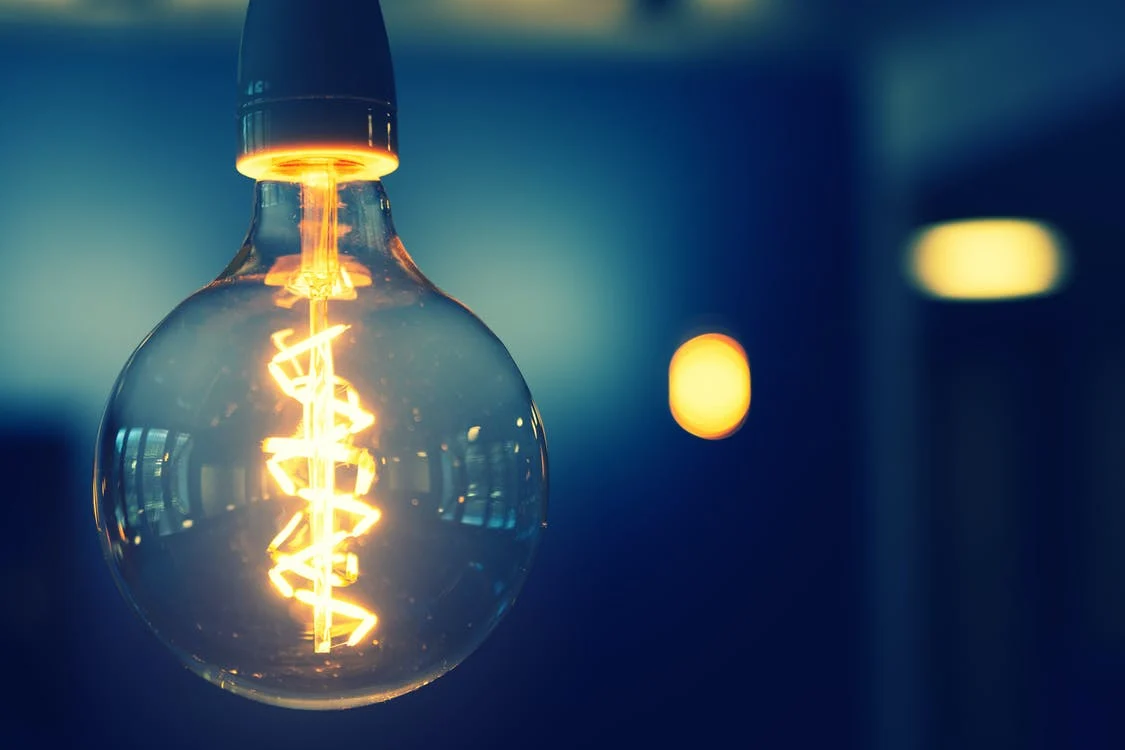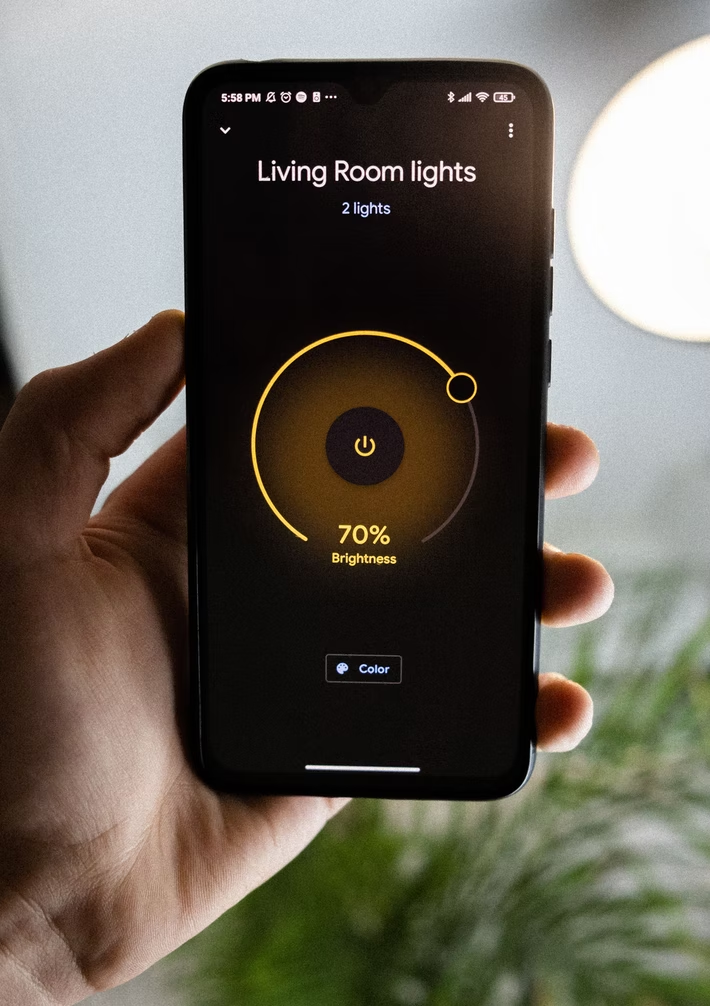Along with the leap made in technology, the accelerating advancements of lighting technology have created former possibilities to be materialized. From the invention of the first ever light bulb to a variety of colored-LED lighting controlled by mobile devices. This breakthrough has just provided a more thrilling and remarkable experience for consumers.
Light technology is vital to how we can function in our everyday lives. Imagine working in total darkness, or only using a candle as a source of light in a secluded room. Clearly, this type of technology, accompanying the other types, have made living better and more convenient. Lighting technology, through the years, continues to strive for an upgraded user experience.
The evolution of lighting technology catered new inventions and innovations that led to its growth. It catches the interest of consumers for its essential purpose, creating the proper ambiance to set the mood, and other features made possible. These advancements include:
1. LED lights
Although this subject is way past its “new” factor, it continues to grow through LED innovations. A new generation of LEDs are yet to deliver a more long-lasting, better performance, low cost, and energy-efficient type of lighting. The U.S. Department of Energy claimed that conservation of energy is most likely influenced by an extensive use of LED lights. It also does not contribute to heat which helps in decreasing our carbon footprint produced by lights. The continuous progress of LED gave way to an increase in its manufacture and became more common for industrial and commercial use such as:
- Solar and Non-solar street lights
- Outdoor lighting
- Garage lighting
- Under-cabinet lighting
- Recessed downlights
- Holiday Lights
- High bay led lights
The advancement of LED lighting provides numerous advantages for consumers that aim for a better type of lighting that fits the budget. Some of the benefits include:
- Longer life span
- Ability to resist frequent switching
- Energy-efficient – Low voltage operation
- Improved environmental performance (no heat or UV emissions)
- Design flexibility
- Directionality
2. Smart Lights and Internet of Things
Internet of Things refers to the new technology that establishes connections of devices such as your television, refrigerator, and your lighting through Wi-Fi, Bluetooth, or ZigBee. This lighting technology upgrade provided maximum functionality by following set schedules of when to operate, wireless switch using mobile devices, or by voice-controlled assistants such as Apple Siri and Google Assistant. Smart Lights include smart light bulbs and motion sensing lights. Advantages in switching to smart lights are:
- Saves electrical consumption and reduces cost
- Convenient consumer experience with motion sensors and remote-controlled lights
- Customizable to user’s preference
3. Light Fidelity
Similar to Wi-Fi, Light Fidelity (Li-Fi) can provide fast wireless transmission of data. It uses light and converts it to an internet signal to provide connection. Although it is not expected that it can replace the traditional technology used for data transfer so soon, further innovations are quite promising. Furthermore, it still imparts several benefits:
- More accessible and safer transfer of data since connection is only achievable within the range light source
- Can provide connection where radio waves cannot reach or are not allowed
- Offers more bandwidth
- More sustainable at a low cost
4. Wireless Lighting
The aim in providing better convenience for users facilitated the lighting technology to adopt with the wireless trends. Wireless gadgets transmit data within a mesh wherein it provides a simple and safe user experience. The usual wireless mesh used is the Bluetooth Low-Energy (BLE). Going wireless involves these benefits:
- Simple to install and set up with the use of a control device or a wireless switch along with electricity.
- Lower installation cost due to reduced installation labor hours.
- Flexibility of control by adding, removing or replacing any wireless lighting as you wish.
- Easy to transfer without requiring costly rewiring or labor.
- Maintenance of lighting instruments is easily done.
- Connections made are secured as wireless lighting ensures safely encrypted transmission of data.
5. Human-Centric Lighting
Continuous exposure to artificial lighting affects our health through its harmful radiation that pushes people to wear anti-radiation glasses. Deteriorating cognitive skill, body clock misalignment, and hormonal imbalance that causes other health-related illnesses are just some of its effects. The improvements made in lighting technology came up with human-centric lighting solutions that prioritizes consumers’ health by reducing light-exposure risks. Automatic lighting adjustments depending on the time of day, the kind of space, and the type of work done in that space, are now possible. Appropriate lightings are seen to improve productivity and function. Human-centric lightings are beneficial and can be applied, specially to:
- Medical spaces
- Offices or work spaces
- Office lighting
- Educational centers
To wrap up
The accelerating growth in lighting technology focuses on enhancing consumers’ comfort and satisfaction in using these innovative technologies. Lighting partners such as Blingle! in Southwest Florida provides world class lighting services that lets you enjoy new technological advancements. Behind their products are great lighting specialists and design experts that ensure a wonderful customer experience. You may schedule a free consultation when you visit their website.

